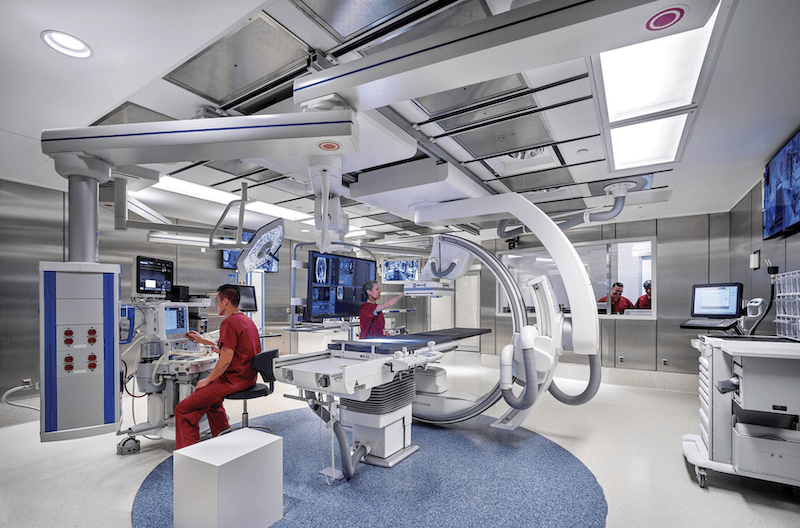
Indian vaccine: Covaxin vs Covishield
July 29, 2021
How to expand your healthcare venture?
July 31, 2021
Setting up a new hospital is much complex than what it generally seems. Laying down a hospital that befits your objective & fulfils the needs of your local demographic is obtained only by striking the right balance between vision, planning, & execution and panning the right plan of Investment is the core of that balance.
Investment planning of your hospital includes not one but various necessary metrics from project size of the hospital, location of the hospital, hospital profitability, building the hospital, operating efficiency, level of technology, sources of funding, financial leverage, costs, and asset liquidity, needs of your demographic, and much more. All these metrics contribute & influence the quality of care in a hospital.
The traditional forms of investment strategies no longer cater to the vision of hospitals and healthcare facilities of today. While earlier cutting costs was a major aspect of an investment plan which led to a slip in quality & eroded the level of patient care, today the value of care & patient is at the highest of priority. Only an investment plan that is adaptive to change, efficient to undertake evolving technology and harness data and interpret it to the best of meeting a hospital’s vision and requirements of the local demographic can help set-up a hospital of example.
Here’s a few factors whose investment value in your hospital plan must be included:
1. Location of your hospital/healthcare premises:
Location is one prime aspect of the size of your investment. Just like the rent of houses differ from area to area, the amount to be allocated for the location of your hospital will also differ. Your cost of location will widely vary if you are planning to build it in a metro- city also referred to as tier 1 city in comparison to tier 2 & 3 cities which are non-metro.
2. Value of Investment on experts:

Experts are an integral part for ensuring your vision becomes reality. Architects, engineers, data experts & the entire manpower is a prime consideration while planning your investment. They hold a major part of the value. Hence, make sure their budget is allocated & aligns with your goals and does not create a liability gap in future.
3. Technology

Technology has come a far way, while earlier it was restricted to just the clinical spectrum of hospitals today, its needed in every part. Not only that, but emerging technologies have also led to varying prices. With reduction of paper use and becoming IT driven by involving Artificial Intelligence (AI) in various operations of the hospital, enabling electronic access, incorporating digital screens & much more, the technology part now has the ability to acquire multiple fold value of investment from what it did before.
Hence, the budgeting of technology is a crucial part of your plan, while choosing technology for your facility you my take into consideration factors like its records and experience which differs from supplier to supplier, certification of products, operational cost and finalise the budget based on prevailing prices, varieties & past trends.
4. Funding and its sources:
Funding is the base of your investment plan; it is what will you identify how diverse your hospital plan can be. You can raise funds from investors, through loans or other financial institution. All these sources have their own set of gains & losses, make sure you are evaluating all of it and then finalise your ideal source.
5. Miscellaneous expenses:
Miscellaneous expenses include factors like deposits/ fees/ working capital etc. Planning & allotment should be done for the same
Conclusion:
An ideal investment plan is that which meets healthcare needs & requirements of the patients, above explained aspects are integral to assuring the same.
OSHmedics are professionals who help in aligning your goals with a successful & flexible investment plan for hospitals. Get in touch with us today!
Dr. Vishal Jadhav
+91 9820833149 / 9867712705



